Chronicling the rich history of European fashion
So far, in part 1 while chronicling the rich history of European fashion we saw the classical fashion eras. We saw the rise and fall of various defining moments in fashion history. All of which shaped the future of fashion as we know and consume it today. Now we will continue with the second half of this post, part 2.
Here onwards, we will pickup the history where we last left off and will dive deep into modern times one decade at a time. One should make a mental note that from here onwards the history of European fashion will coincide majorly with American fashion history because of increased exposure. So, one should keep in mind that these fashion events, they blurred international borders and were just not limited to the European continent.
Roaring Twenties – 1920s
The fashion of the 1920s was a beast unleashed and because of the economic explosion in the Americas and Europe, the nickname roaring 20s is well earned. The Art deco movement and The Jazz Age influenced the fashion that was revolutionary as compared to its predecessors. Women embraced shorter hemlines, loose-fitting dresses, and bobbed hair, while men adopted tuxedos and streamlined suits. Some women dared to become flappers. Flappers were independent women who ditched the corset and wore dresses that were shorter and more free flowing for the new jazz dance styles. They opted for shorter hairstyles and high-heeled shoes and wore make-up and gaudy jewelry.
Designers of this era: Coco Chanel, Jeanne Lanvin, Paul Poiret, Jean Patou
Movie references
The Great Gatsby (2013), Chicago (2002), Some like it hot (1959)
Great Depression and WWII – 1930s to 1940s
The economic hardships of the great depression put a strain on the fashion of the average man. The daytime looks became sever with shorter hemlines, simpler fabrics, and less exaggerated silhouettes. Wide but soft shoulders in women’s jackets and flapper dresses with even shorter hemlines. Men’s tailoring was influenced by the military. The WW II effect brought in rationing and even more rationing of fabric. People turned to modesty and sombre color pallets.
Utilitarian coats and trouser suits, zipper-front jumpsuits and print cotton frocks were cut with a smart look and a sense of style. The hand gloves and hats gained prominence as they added the much-needed glamour and drama to any fashion without being expensive. Trims were removed and plain gloves were seen as a mark of taste and sophistication. Silver screen actress Marlene Dietrich and Katharine Hepburn were the fashion icons that women looked up to for inspiration.
Designers of this era: Elsa Schiaparelli and Madeleine Vionnet, Jacques Fath, Maggy Rouff, Marcel Rochas, Jeanne Lafaurie, Nina Ricci, and Madeleine Vramant
Movie references
Paper Moon (1973), Seabiscuit (2003), Modern Times (1936)
New Look Era – Late 1940s to early 1950s
As the world was reeling from the effects of WW II, it was also ready for a change. And that was given by Christian Dior’s NEW LOOK. Ultra feminine with softer curves featuring fuller busts, nipped wastes, and voluminous skirts, Dior brought back extravagance in clothing. This clothing gave hope to the new world through beautiful imagery of a delicate woman dressed in a completely new fashion. Large overcoats with fur trim, polka dot prints, poodle skirts, saddle shoes, padded suit coats, double-breasted suits, and so much more was offered by the European fashion giants to the world.
The men’s wardrobes too became more textured, colorful, and casual to reflect the economic rise and the freedom from the war. For leisure, men often donned lightweight sports coats and colored shirts paired with trousers. Major movie stars like Audrey Hepburn, Marilyn Monroe, Elvis Presley, Sophia Loren, James Dean, Brigitte Bardot, Elizabeth Taylor and Grace Kelley were the rage all over.
Designers of this era: Christian Dior, Hubert de Givenchy, Cristobal Balenciaga
Movie references
Casablanca (1943), Pin Up Girl (1944), An American in Paris (1951), Roman Holiday (1953)
Swinging Sixties – 1960s
The 1960s were again an era marked by rebellion and revolution. The history of European fashion is incomplete and dry without the mention of this era.Designer Mary Quant’s introduced the iconic Mini skirts. The modernist influenced ‘mod’ fashion was defined by cleaner lines, simple silhouettes, and a minimalistic aesthetics. Bold patterns and pop colors were loved by women, while men embraced colorful suits and unconventional patterns during the “Peacock Revolution.”
Fashion models like Twiggy popularised the androgynous style of fashion and hairstyling. The Mondrian collection designed by the French Designer Yves Saint Laurent in 1965 was the peak of fashion aesthetics of this decade. Brigitte Bardot, Cher, Jackie Kennedy Onassis, Diana Ross, Jean Shrimpton are all names that are synonymous with the 60s fashion.
Designers of this era: Pierre Cardin, André Courrèges, Yves Saint Laurent, Emilio Pucci, Mary Quant
Movie references
Bonnie and Clyde (1967), The World Of Suzie Wong (1960), Breathless (1960), Breakfast At Tiffany’s (1961), Faster Pussycat! Kill! Kill! (1965)
1970s Fashion – 1970s
The fashion of the 1970s was influenced by two major movements: the Hippie culture and the Disco era. The hippies gave the more bohemian, free flowing and softer-feminine silhouettes in opposition to the well fitted forms of the previous decades. Floral shirts were the rage and still make a statement today. Use of natural dyes and tie-dye technique spread as fire to every corner of Europe and the world.
On the other hand, the disco brough in a new look at the glamour culture. Bell bottom jeans were preferred by both men and women. Platform shoes, midi skirts, wrap dresses, Sweater dresses all ruled the fashionable day. Farah Fawcett, Debbi Harry, Stevie Nicks were the faces that defined the fashion of this era.
Designers of this era: Diane Von Furstenberg, Ottavio Missoni, Vivienne Westwood, Karl Lagerfeld
Movie references
Dazed and Confused (1993), Licorice Pizza (2021), Saturday Night Fever (1977), Boogie Nights (1997), Annie Hall (1977)
1980s Fashion – 1980s
The history of European fashion was no longer governed by a singular factor and this fact was most prominent in the fashion of the 1980s. On one hand, the younger generations were rejecting the hippie movement and the strictness of the previous eras through Punk fashion, while on the other the rise of the working women made its own demands on creating more practical yet fashionable options for them. The contrast was that one section craved minimalism and simplicity in colours, the other section was driven by the aerobic craze that gave neon color blocking and leg warmers as a fashion statements.
Power dressing in male and female suits was a symbol of success and simultaneously hanging out in athletic clothes was no longer frowned upon. The parachute pants, cowboy boots, leather dresses, Checkered blazers are just few of the iconic fashion items of this age. On one hand, Diana, the beloved Princess of whales defined beauty and elegant fashion on the other hand there were fashion havoc creators like Grace jones and Madonna.
Designers of this era: Jean Paul Gaultier, Christian Lacroix, Thierry Mugler, Gianfranco Ferre, Giorgio Armani
Movie references
Flashdance (1983), Footloose (1984), Desperately seeking Susan (1985), Heathers (1988)
1990s Fashion – 1990s
By now fashion was being driven by two forces: one was nostalgia of the previous fashion eras and the second was the television, music, and movie industries of Hollywood. Grunge and hip-hop were major influences on style and dressing. Denim overalls, biker shorts, Bucket hats, flannel shirts, cargo pants, baggy jeans, sheer dresses, slip dresses were style trends of the 90s. Mix and match to make a personal statement was prevalent ideology. This was the decade of the supermodels like Linda Evangelista, Naomi Campbell, Christy Turlington and Cindy Crawford. Television starts like Jennifer Aniston (F.R.I.E.N.D.S.) and music artists like Britney Spears and the Spice Girls were the rage among fashion followers.
Designers of this era: Gianni Versace, Miuccia Prada, John Galliano, Alexander McQueen, Hussein Chalayan,
Movie references
White men can’t jump (1992), Death becomes her is a (1992), Prêt-à-Porter (1994)
New Millennium and 2000s Fashion – 2000s
Though the world entered a new millennium and a new decade, the fashion trajectory of European fashion moved on to a similar path. The incident of 9/11 did shake the world and the fashion industry, but soon it was on display of its full glory. This decade saw the rise of fast fashion and online shopping. By this time, the ethics of the fashion industry and its impact on the environment were also in full debate and that gave rise to the concept of sustainability.
International trade now influenced designers with global inspirations and creating new collections every quarter was the norm of the day. Fashion designers were celebrities and Galliano and McQueen lead a blazing trail of new creators. Sex and the City and Gossip Girl gave the world fashion icons like Sarah Jessica parker and Blake Lively respectively.
Designers of this era: Nicolas Ghesquière, Zac Posen, Christian Siriano, Marc Jacob
Movie references
Legally Blonde (2001), The Lizzie McGuire Movie (2003), New York Minute (2004), Mean Girls (2004), The Devil Wears Prada (2006), Confessions of A Teenage Drama Queen (2004)
Contemporary Fashion – 2010s
By now European fashion itself has had so much of its history that it need not look elsewhere for inspiration. Referencing previous decades for fashion inspiration is a common practice. The focus was now on hyper-stylisation. Creating statements for the individual that defined the original need of fashion as a form of self expression.
Diversity and inclusive fashion were being hailed as the next big thing. Designers were focussed on dressing red carpet celebrities as they were the fashion influencers. The power of internet also unfolded as a game changer in fashion as it changed the way the common man received and accessed the latest fashion information. Technology also droves to new heights. Rihanna and Beyonce were the Fashion Monarchs.
Designers of this era: Riccardo Tisci, Alessandro Michele, Hedi Slimane, Phoebe Philo, Demna Gvasalia
Movie references
Personal Shopper (2016), Queen & Slim (2019), Ingrid Goes West (2017), Uncut Gems (2019)
Fashion Trends in the 2020s – 2020s (ongoing)
As the European fashion industry continued to be inspired by precious fashion decades, the COVID-19 pandemic changed everything. People now wanted comfort but budget. Extravagance was now being frowned upon and quite luxury is the new thing. As the work-from-home culture changed the way the world functioned, athleisure and active wear gained popularity. There are now micro trends and colour, and styles change yearly. But what has gained momentum is the consumer conscience towards the environment and thus sustainability, upcycling are the fashion influencers. Fashion today is no longer the dominance of celebrities because the mobile phone and internet has given voice and power to every individual to create their own style.
Conclusion
The history of European fashion is as dynamic as it can be, and it has such a complex storylines that the above post barely scratches ed the surface. European fashion has been one of the most widely documented and as such its historical content is overwhelming. Each of these fashion eras have extensive details that will require years of investigations and research. But one must practice caution that that these fashion eras often overlap and are not strictly defined by a single set of years.
Note: The designer list mentioned at the end is not an exhaustive one but just a reference point. There are many a great European fashion designer who contributed to many decades of history of European fashion . Similarly, the movies sighted are just some of my personal references for you to look at and gain some idea of the fashion if that era.
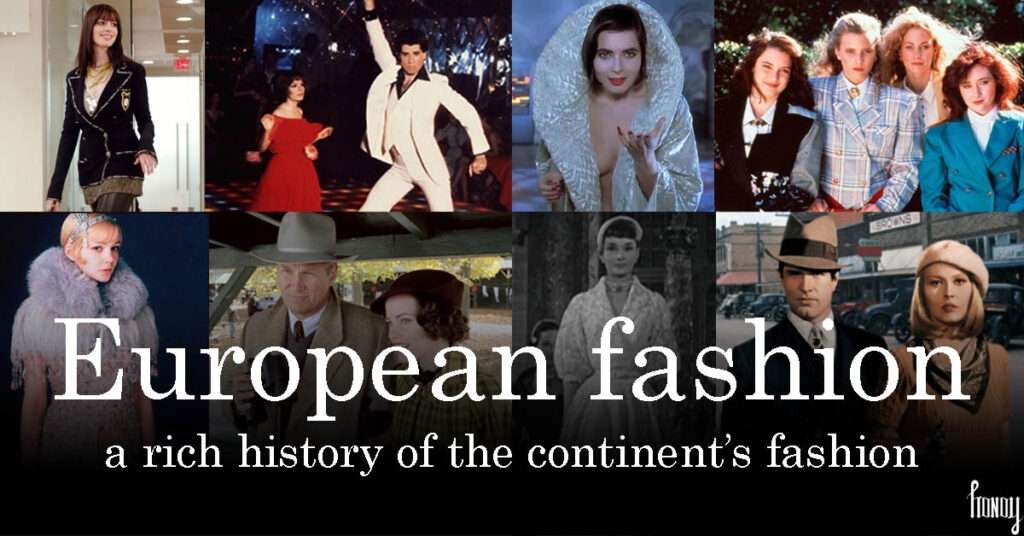


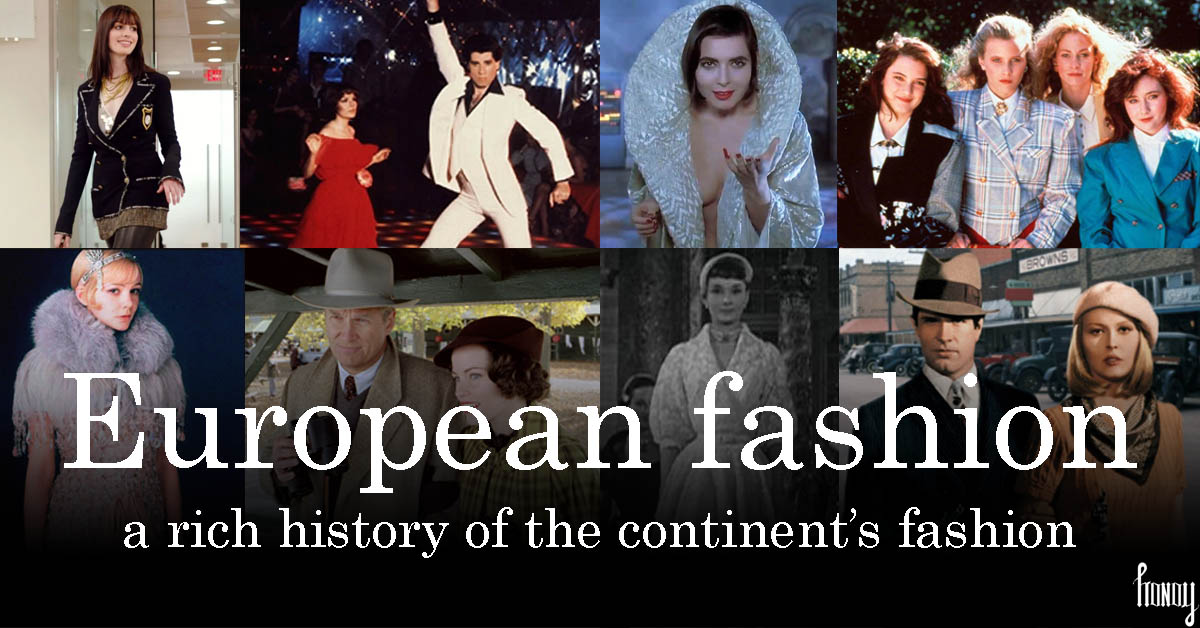
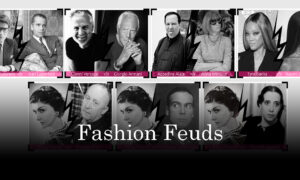

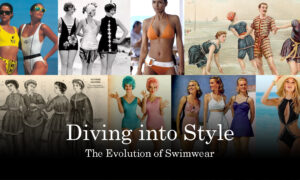

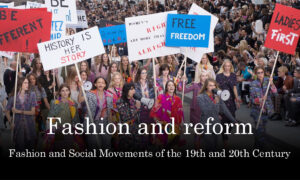

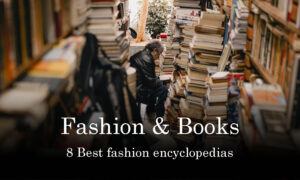

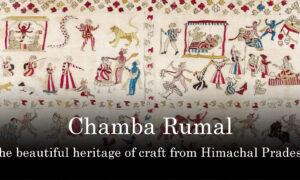



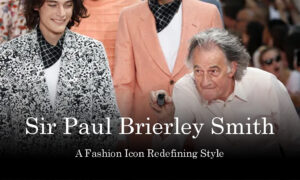

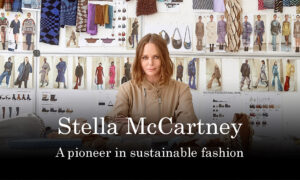











Pingback: Journey of fashion rebel Vivienne Westwood in 5 minutes
Pingback: Christian Dior: pillar of French fashion in 5 mins
Pingback: Gabrielle Coco Chanel-first feminist French Designer-5-mins
Pingback: 8 Best fashion encyclopedias
Pingback: The beautiful Art of Pysanka of Ukraine in 5 mins